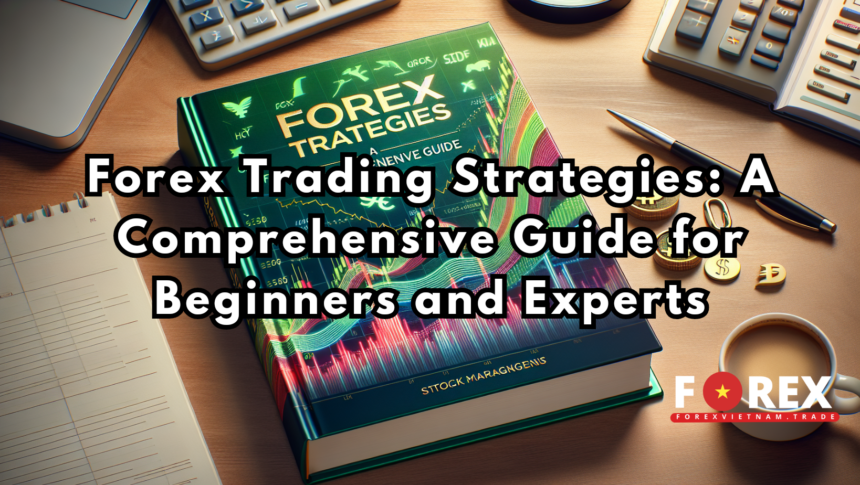Forex trading, one of the most liquid financial markets in the world, offers traders countless opportunities to generate profits. However, success in forex trading requires not only knowledge and discipline but also the implementation of effective strategies. This article explores various forex trading strategies to help traders, both beginners and experts, make informed decisions and achieve consistent results.
What is Forex Trading?
Forex, or foreign exchange trading, involves the buying and selling of currencies. Operating 24 hours a day, the forex market enables traders to profit from price fluctuations driven by economic, political, and technical factors.
Why Are Strategies Important in Forex Trading?
A clear trading strategy is essential for minimizing risks and maximizing gains in forex trading. Strategies help traders:
- Manage Risk: Reduce the likelihood of significant losses.
- Enhance Precision: Make well-informed trading decisions.
- Achieve Consistency: Maintain steady performance over the long term.
Popular Forex Trading Strategies
Below are some of the most effective strategies widely used by forex traders:
1. Trend Trading
This strategy focuses on identifying and following the prevailing market trend. Traders buy in an uptrend and sell in a downtrend.
Key Steps:
- Use indicators like Moving Averages or MACD to identify trends.
- Set entry and exit points based on support and resistance levels.
2. Scalping
Scalping is a short-term strategy aimed at capturing small profits through frequent trades. Traders typically execute multiple trades within a single day.
Key Steps:
- Focus on highly liquid pairs like EUR/USD.
- Use short time frames such as 1-minute or 5-minute charts.
- Employ strict risk management.
3. Range Trading
Range trading involves trading within a defined price range when the market lacks a clear trend. Traders buy at support levels and sell at resistance levels.
Key Steps:
- Identify price ranges using tools like Bollinger Bands.
- Set stop-loss levels outside the range to minimize risks.
4. Breakout Trading
Breakout trading captures price movements after the market breaks through significant support or resistance levels.
Key Steps:
- Monitor key support and resistance levels.
- Use volume indicators to confirm breakouts.
- Set profit targets based on the distance between support and resistance.
5. News Trading
This strategy leverages market reactions to significant economic or political news. Traders base their decisions on data like interest rate announcements, employment reports, and central bank policies.
Key Steps:
- Keep an eye on the economic calendar for major events.
- Trade currency pairs most affected by the news.
- Apply tight risk management due to increased volatility.
Tips for Implementing Forex Trading Strategies
- Practice on a Demo Account: Test your strategies in a risk-free environment before applying them to live trading.
- Set Stop-Loss and Take-Profit Levels: Protect your capital by defining clear exit points.
- Adapt to Market Conditions: Stay flexible and modify your strategies as needed.
- Control Emotions: Avoid making impulsive decisions driven by fear or greed.
Conclusion
Having a well-defined strategy is crucial for achieving success in forex trading. Whether you are a beginner or an experienced trader, selecting the right strategy tailored to your trading style and financial goals is key. Remember, patience, discipline, and continuous learning are essential to thriving in the forex market.
Frequently Asked Questions (FAQs) About Forex Trading Strategies
1. Are forex trading strategies suitable for everyone? Strategies should be tailored to an individual’s personality, time commitment, and financial objectives.
2. How long does it take to master a forex trading strategy? The time required depends on the trader’s dedication and experience. Continuous practice on a demo account can accelerate learning.
3. Can I use multiple strategies in forex trading? Yes, combining different strategies can help adapt to varying market conditions and improve overall performance.







